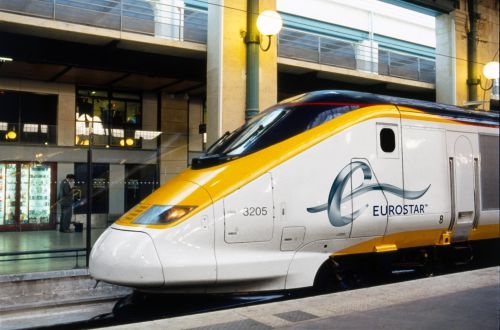"As part of our aim to achieve £20bn from assets sales by 2020, the sale proceeds would make an important contribution to the task of reducing the public sector debt," says Britain's chancellor of the exchequer, Mr George Osborne.
The British share of Eurostar was originally held by British Rail but this was transferred to a new company called London & Continental Railways (LCR) which was set up by the government to build HS1, the high-speed rail link between London and the Channel Tunnel.
Eurostar became a company in 2010 owned by LCR, French National Railways (SNCF) which has a 55% stake and Belgian National Railways (SNCB) which has the remaining 5%. In June, the British government's holding in Eurostar was transferred from LCR to the Treasury to facilitate the sale.
Eurostar saw its operating profit increase by 4% in 2013 to £54m on a turnover £857m, which was up 7% on 2012. Traffic topped 10 million passengers for the first time in 2013, but this is well below the original forecasts for the service. In 1996, LCR forecast that annual traffic would reach 21.4 million passengers by 2004, and in 2007 Eurostar set itself a target of carrying 10 million passengers by 2010.
Eurostar faces major obstacles in trying to expand its services beyond its core London – Paris/Brussels operation due to Britain's onerous immigration restrictions which mean that passengers either have to pass through British immigration and security procedures prior to boarding a Eurostar train, which is expensive to provide, or passengers travelling from southern France to London have to alight at Lille with their luggage in order to pass through immigration and security there before re-boarding their train 1h 43min later. However, Eurostar plans to launch a London – Amsterdam service in December 2016.

